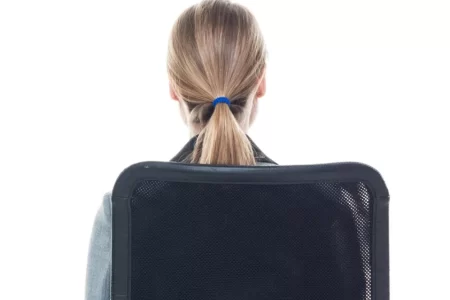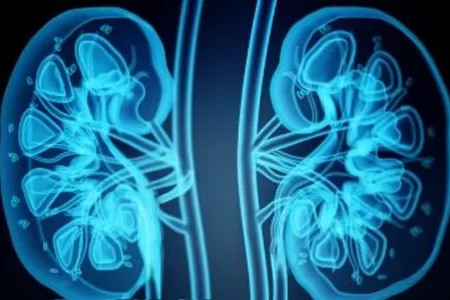Stones are calcified crystal which may cause severe pain and discomfort in the body. They are found in the kidneys, gallbladder, ureter, pancreas, etc. Earlier, surgery was the only procedure to remove them from the body which was later replaced by extracorporeal shockwave lithotripsy (ESWL). ESWL is an effective and safer way for the removal of stones.
Accumulation of stones in the body
Formation of stones in the kidneys, gallbladder, or ureter is a very common problem which hinders the process of excretory system. Stones are formed due to calcification or due to deposition of cholesterol. These stones may consist of small, sharp-edged crystals or smoother and heavier formations that resemble polished river rocks.
In some cases, the kidney stones or gallstones are very small and do not cause any hindrance or discomfort when they leave the body during urination. If the stones are larger in size, they can cause pain and block the flow of urine. If this blockage prevails for a longer duration and the stones do not pass, it leads to excruciating kidney stone pain, urinary tract infection and various other complications in the kidney and urinary tract.
How does extracorporeal shock wave lithotripsy help in removing stones?
When medications are not successful in eliminating the stones, a lithotripsy procedure is recommended to the patients. Lithotripsy is a medical procedure that helps to break larger stones down into small pieces to allow them to pass out in the urine. Lithotripsy uses shock waves or laser to break down kidney stones, gallstones, or stones in the ureter.
About extracorporeal shockwave lithotripsy (ESWL)
The use of extracorporeal shockwave lithotripsy (ESWL) started in the year 1980. At that time, open surgery was the only treatment available for calculi that could not pass through the urinary tract. ESWL quickly replaced surgery and become a preferred tool in a urologist’s armamentarium for the treatment of larger kidney stones, proximal stones, and midureteral stones.
ESWL is a minimal or noninvasive procedure and is safe and easy. It does not need any kind of surgery and the patients are exposed to lesser anesthesia. A study by Oman Medical Journal stated that lithotripsy is about 70% successful for kidney stones and 80% successful for stones in the ureter.
Procedure to perform ESWL
Extracorporeal means “outside the body.” During ESWL, the shock waves (generated by a special machine called a lithotripter) travel into the body and break apart the large stones into very small stones. The procedure takes about 45 minutes to 1 hour and the person can go home the same day.
Before the procedure, some patients are given local anesthesia which numbs the area to prevent pain. But it is preferred to perform the procedure under general anesthesia that allows the patient to sleep during the procedure.
During the procedure, an ultrasound scanner is used to locate the exact position of the stones. Then, the machine is pointed at the area where the stones are present. Some water or gel is applied on the skin to maintain a good contact between the body and the machine. The machine is then turned on and the sound waves go through the skin to break the stone into very small pieces. It can cause a little discomfort but there’s no harmful radiation involved.
Some risks associated with ESWL
- A small amount of blood and fragments of stone in urine or some bleeding around the kidney may occur
- Bruising, soreness and broken blood vessels around the area where the treatment was given can happen
- Infection in kidneys is possible







